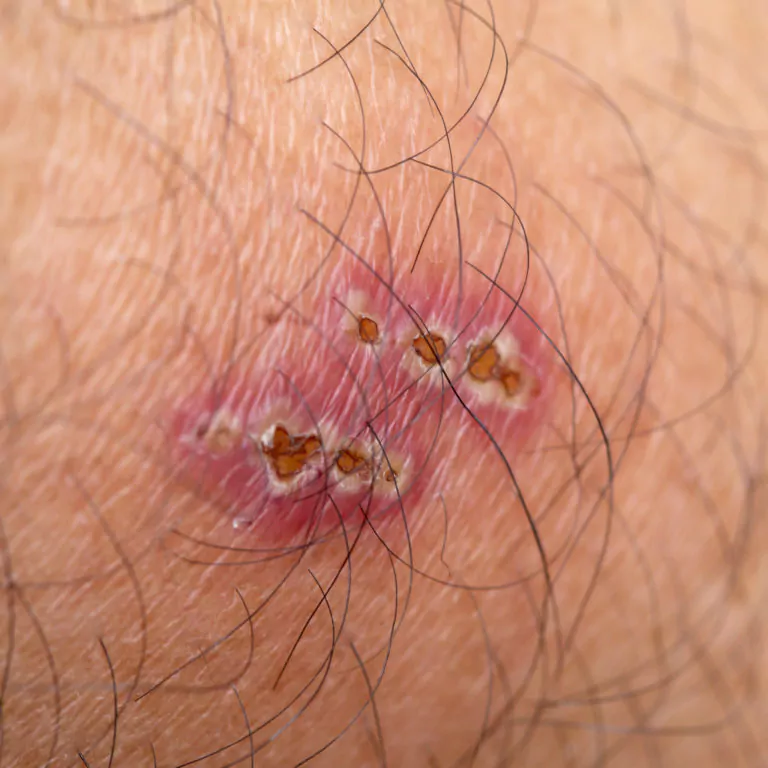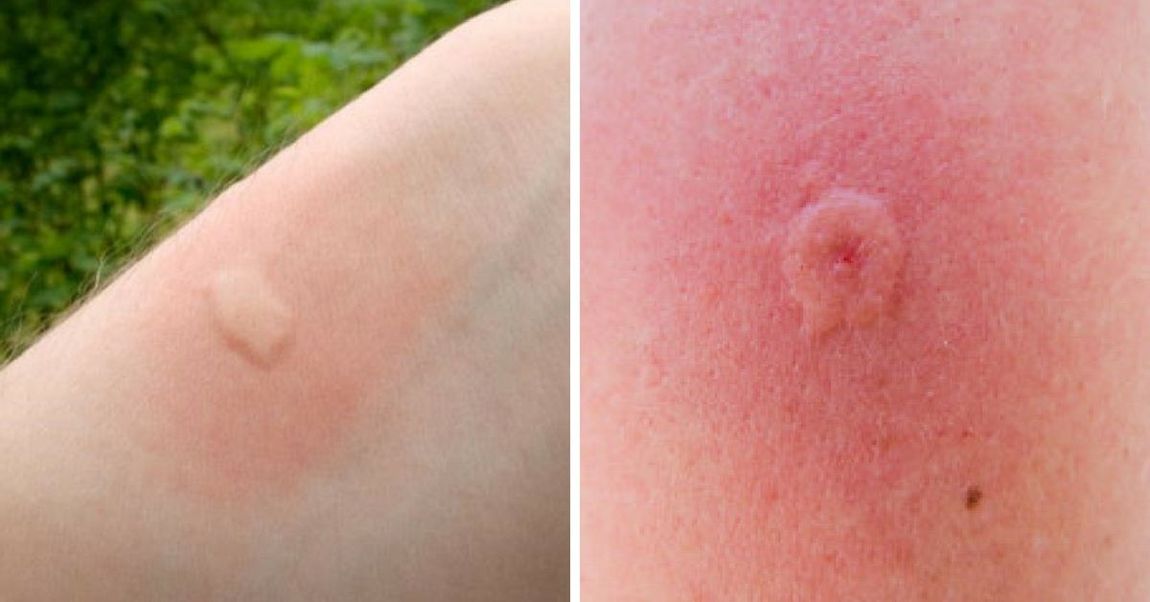Moths usually do not bite in the same manner that humans can. They may, however, inflict injury to garments and fabrics by gnawing holes inside them. This may be prevented by keeping them correctly in sealed bags or cartons.
While adult moths usually do not bite, their larval (caterpillar) stage does have stinging mouthparts. This is why it is critical to apply a repellent to keep them away from your property.
They do not have mouths.
The moths you see flitting about your home don't possess mouths. These insects use their antennae to take leaves and fruits, drink nectar from flowers, and locate partners. They also have a long, straw-like organ they utilize to take liquids and keep their fluids balanced. These moths lose their jaws as they mature and are struggling to eat.
Adult moths cannot bite humans due to a lack of mouths. However, certain moths may cause harm to clothing along with other textiles, mostly because of their larvae. Some moth larvae eat through wool along with other kinds of clothing, leaving holes, stains, and other damage. Other moth larvae consume many sorts of houseplants and pantry goods, causing holes and stains on these materials.
Moths are excellent impersonators, and they have developed a range of defense mechanisms against would-be predators. The Polyphemus moth, for instance, has large eyespots which make it seem like a hornet. The wood nymph is another moth with a body that resembles bird feces. This protects the moth from predators attracted to excrement.
Some moths may sting people, financial firms uncommon. These moths have spine-like hairs that adhere into the skin when touched and produce a chemical that causes a terrible sting. In most situations, these stings aren't bad for human health, however a lot of people could have an allergic response that results in red regions and lumps that resemble hives. That is known as lepidopterism.
They do not sting.
Moths lack the ability to bite into anything, hence they cannot bite people. They could, however, harm your clothes and create other issues in your own home. The best method of keep moths away is to apply a decent moth repellent.
While adults can not bite, caterpillar moths may. This occurs if they chew through fabric and natural materials as part of their growth. The resultant holes could be quite expensive to your clothes and linens.
Moth caterpillars have spines that protect them from predators. These spines could easily get embedded in your skin in rare situations. They may also produce lepidopterism, which appears like hives and will sting for most minutes.
Fortunately, most moth caterpillars lack spines that could harm people, but there are many exceptions. Learn more here , for instance, has spiky hairs that could easily become trapped in your skin. This may create a painful, itchy, red rash that appears like hives and could need medical attention.
Other uncommon forms of moth caterpillars have venom-coated spines. These are often within the genus Calyptra and could induce an itchy, red, and blistering response in human skin. It may also cause a more severe response in the eye, which may be deadly or even treated quickly with antivenom.
They are not hazardous to one's health.
Moths do not provide a health danger since most mature species lack the mouthparts necessary to bite. However, certain moth caterpillars have prickly hairs that mimic spines and could harm people. https://te.legra.ph/Do-certain-species-of-moths-contain-the-ability-to-bite-05-30 may cause itching, discomfort that lasts for a couple of minutes, and red spots that appear to be hives. Fortunately, are moths harmful are uncommon and offer no serious health danger.


Moth larvae, alternatively, could be harmful. Clothes moth, Common Miller moth, and Pantry Moth larvae consume textiles and dry foods. If these bugs enter your house, they could destroy your clothing and cause food to deteriorate. The larvae of these moths could also chew through woodwork along with other materials in your own home.
While moths do not bite, they could contaminate food, particularly in the mouths of small kids. These moths may also be known to carry germs and parasites. They may also contaminate food storage containers and other kitchen goods.
Moths usually do not cause any health issues unless they're in great quantities. These insects are mostly harmless to humans, however they may irritate allergic people's skin or eyes. They may can also increase symptoms in those who have a respiratory allergy or dermatitis. Furthermore, in case a person is sensitive to dust mites, the presence of moths might trigger a repeat of similar symptoms.
They are a nuisance.
dangers of moths are a nuisance since they may gnaw holes in wool, silk, along with other natural fabrics. These holes may cause harm to pricey garments and bedding. They are also a nuisance given that they may munch their way through carpets along with other textiles. Moths, however, are not harmful to people. They don't bite or sting. They could, however, irritate your skin by pricking it with their sharp hairs. These hairs could cause irritation and a rash that appears like hives.
Moths have wings that allow them to fly. They are able to also detect food utilizing their antennae. Some moths have mouthparts called proboscises that enable them to puncture fruit and other plants. The calyptra moth, sometimes known as the vampire moth, includes a highly specialized proboscis adapted to take blood from fruits and other plants.
Most moths have a smooth, velvety texture and so are located in dark locations such as for example closets and cabinets. They are nocturnal and frequently start their business as humans sleep. If they congregate in great numbers inside houses, they could appear to be a nuisance.
Most people think that moths may bite because they gnaw holes within their clothing. However, it's the larvae that accomplish this. Adult moths consume just nectar and don't gnaw through clothes. They become more of a nuisance if they congregate in huge numbers to breed inside. The moth population swells in the spring and autumn because they migrate to raised altitudes to eat before overwintering.
